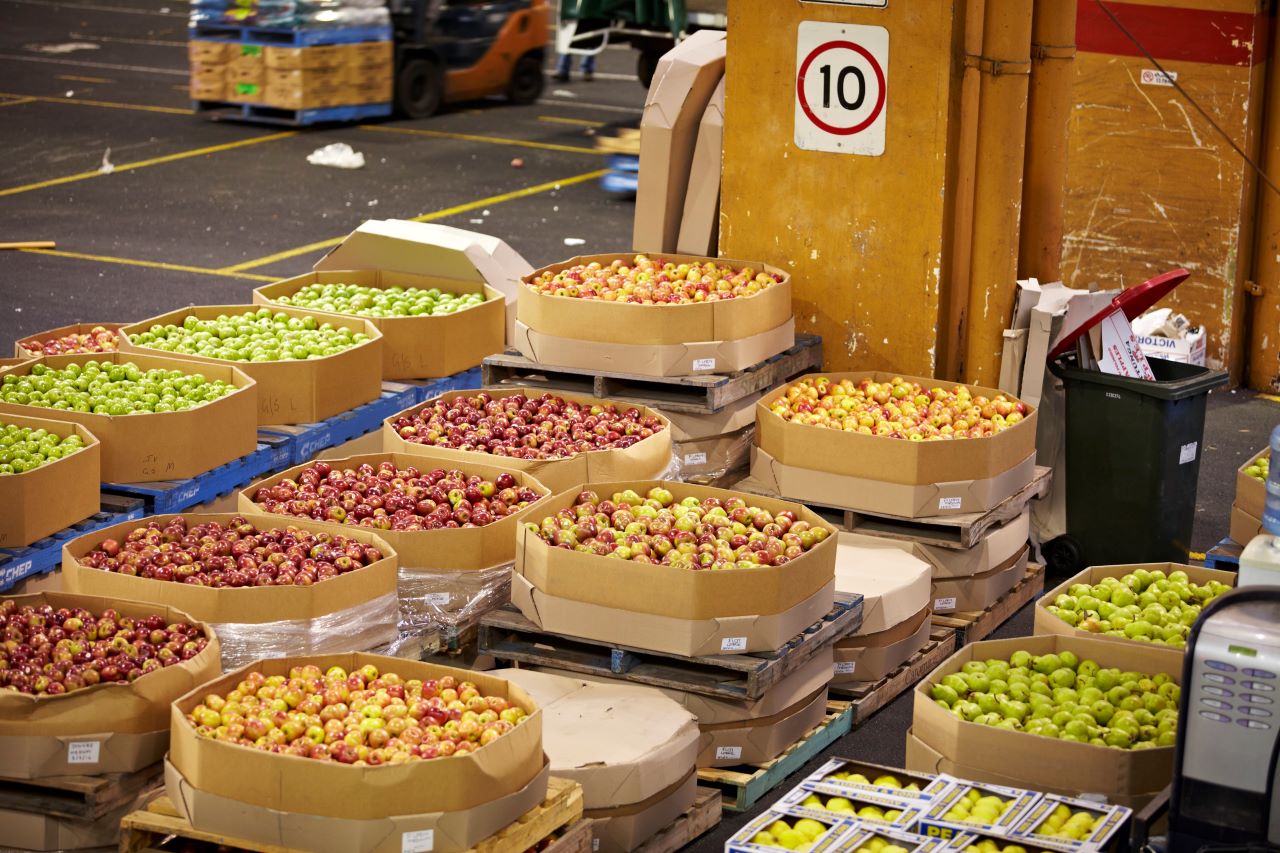About chemical residues
Conventional agricultural systems in Australia use a wide range of agricultural chemicals to boost the yield and quality of produce and to control weeds, insect pests and disease.
While recognising the important role these chemicals play, growers should be mindful that consumers are becoming increasingly concerned with the level of chemical residues in produce.

What are chemical residues?
Chemical residues are the traces of a chemical or its breakdown products that remain in or on treated produce.
Chemical residues can occur by directly treating produce with a chemical product as well as from exposure to chemicals (off-target drift, persistent chemicals in soil).
The main concern is when chemical residues are detected at unacceptable levels, above the maximum residue limit (MRL), which indicates that chemicals may not have been used in accordance with good agricultural practice (GAP).
Managing chemical residues is essential. Growers are responsible for ensuring that chemicals are used correctly to minimise any chance of unacceptable chemical residues occurring.
Chemicals that may be detected as residues
These include:
- antibiotics used to control bacterial diseases in animals
- anthelmintics used to control internal parasites in animals
- fungicides used to control fungal diseases in plants and plant products
- insecticides and miticides used to control insect pests in crops, protect stored grain and control external parasites on animals
- herbicides used to control weeds in crops
- plant growth regulators
- fumigants used to protect grain and sterilise soil, sheds and bee hives
- hormonal growth promotants used as veterinary medicines or to improve growth in livestock.
Chemical residues in crops and produce
Chemical residues will generally remain in a crop or its produce for a period of time after it has been treated with an agricultural chemical.
The rate at which a chemical accumulates and degrades in a plant can be difficult to predict and depends on a range of factors, including:
- the rate and frequency used
- the formulation and properties of the active consistent in the chemical product
- adjuvants added to the chemical product at application
- equipment used
- climatic conditions during and after application
- crop characteristics and growth stage
- crop growth after application
- the rate of chemical breakdown in plants, soil or water and resulting products from the breakdown.
Maximum residue limits (MRLs)
The maximum residue limit (MRL) is the maximum concentration of a chemical residue that is legally permitted to be present in a food, agricultural commodity or animal feed. This concentration is expressed in milligrams per kilogram of the food.
MRLs are first established by the Australian Pesticides and Veterinary Medicines Authority (APVMA) under their MRL Standard.
After a period of time, these MRLs are then adopted into Food Standards Australia New Zealand's (FSANZ) Food Standards Code.
Meeting MRL standards demonstrates GAP in the use of farm chemicals. When a product is used according to label directions, it should not cause residues in food to be over the Australian MRL.
Overseas markets can have different MRLs to Australia. It is important that chemical use is managed to meet export MRL requirements.
Minimising unacceptable chemical residues
Residues are deemed unacceptable when they exceed the MRL set. Using a chemical product according to the label directions minimises the risk of unacceptable chemical residues occurring because the use has been tested by the product manufacturer.
Crops or produce with residue concentrations below the MRL are considered to have been grown according to GAP and are acceptable for sale and consumption. If there is no corresponding MRL for a chemical, any detectable residue will be unacceptable.
Residue standards differ between countries. If you're supplying an export market, it's important that you comply with its requirements.
There is a greater likelihood that produce treated off-label will contain unacceptable residues. Off-label chemical users are particularly at risk, as any residual effect from using the chemical off-label may be unknown.
There are significant penalties that may be imposed on growers that are found to be selling produce that is contaminated with unacceptable chemical residues.
Analytical chemical testing can be used to detect unacceptable chemical residues in produce.